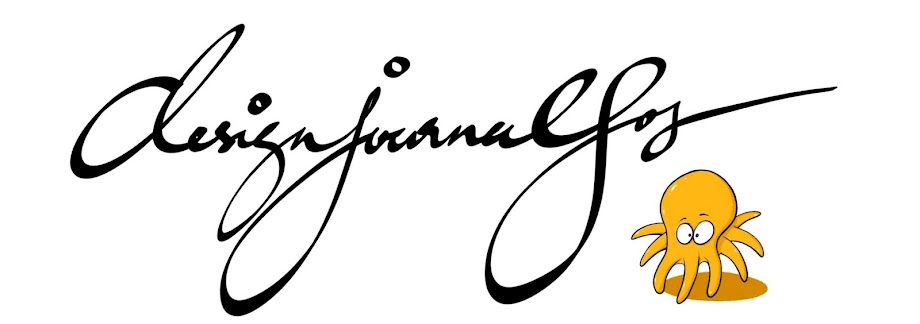Fig. 1: Developement (Page 1)
Borrowing the shape and from from the (most popular vote) selected concept, the next stage after Idea Generation is the Development Stage. Here once again I make use of my two stage process, i.e. dealing first the Functionality part, and then later the Aesthetical aspect of the design.
First I 'copy' the chosen concept (See Fig. 1 above) , draw it over the dispenser, then assign parts to be seperately developed and combined later. In Fig. 1 you will see the functional development of the 'Lid' part. I had a hole drilled at the back of the dispenser, so at the back of the lid I must make sure it is not covered. In the lower section of Fig. 1 you see that I am beginning to develop the 'face' - the Aesthetical aspect.
Fig. 2: Developement (Page 2)
Fig. 2 (above) shows a somewhat developed 'face' that has become the face of a cute dog. Notice there is also some refinement on the 'ear' to make it a little curvy rather than straight down. The nose is now a solid wood part to be pasted on the face.
Within Fig. 2 you also find the second phase of development on the 'tray'. The tray will be used to store a wallet. The shape and form is now modified into the form of a 'crown'.
Thus the project is named 'KING DOG' as a result.
Fig. 3 (below) shows a very quick paper model cut and place on top of the tissue box dispenser. From the paper or cardboard model, the design and refinement decsions can be further fine-tuned and re-iterated until the most convincing shape, form and functionality is achieved.
Fig. 3
Now, the devepment phase is far from completed. There are still many other aspects that needed to be worked out. For example, the finalized size, dimension and making methods for each parts. The color choice. The overall proportion to the product as a whole needed to be accounted for - from which the final dimensions may change again. There will be several rounds of iterations between overall sizes, material usages. making methods, etc before the final decisions of the final product is reached.
Once decisions are made for the number of parts required, the sizes and dimensions for each part and its materials and color choices, details for marking out and the making methods, the project is now ready for 1) Working Drawing and 2) Production Planning and 3) Realisation.
Fig. 4: Working Drawing for the Lid and Tray Design
Assuming the project is now developed and the necessary critical decisions are already being made. Fig. 4 (above) shows a sample of how the working drawing fror the Lid and the Tray design may look like.
Fig. 6: Simple Presentation of the Completed Product
Nothing beats a final rendering of the product in use and showing how it could be used. Fig. 6 shows a very simplified presentation of the Tissue Dispenser in its Front View, followed by a 3D drawing showing how it might be used: Where the tissue paper packet is going to come out, and where the wallet and the phone is going to be placed. Short of how to replenish the tissue paper packets when supply runs low. But that one I hope you will be able to manage. Right?
Assuming the project is now developed and the necessary critical decisions are already being made. Fig. 4 (above) shows a sample of how the working drawing fror the Lid and the Tray design may look like.
Fig. 6: Simple Presentation of the Completed Product
Nothing beats a final rendering of the product in use and showing how it could be used. Fig. 6 shows a very simplified presentation of the Tissue Dispenser in its Front View, followed by a 3D drawing showing how it might be used: Where the tissue paper packet is going to come out, and where the wallet and the phone is going to be placed. Short of how to replenish the tissue paper packets when supply runs low. But that one I hope you will be able to manage. Right?








No comments:
Post a Comment